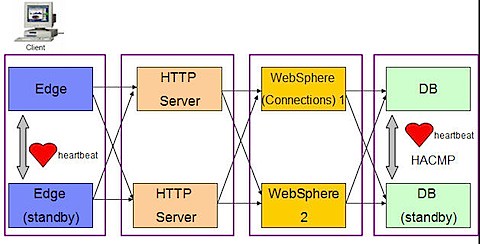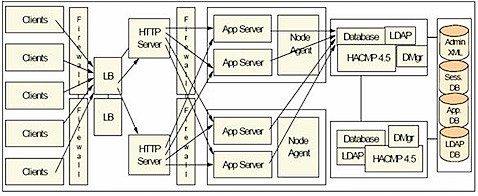Here's a brief summary of who I am:
Born in San Juan, Puerto Rico, in the late 70's I became a computer enthusiast at the age of 8 when I got my first IBM 386 PC with one 3.5" floppy drive, no hard drive, DOS v3, and, I believe, 32MB of RAM.
When I was in eighth grade, I decided to start a
bulletin board system (BBS) which are widely considered the precursor of the World Wide Web. At this point, I was 13 years old and called it Hurricane BBS. The intent was to meet people, exchange emails, applications, and games. The BBS was recognized, even outside of Puerto Rico, and rated in the Top 100 in the United States by
Computer Shopper in 1995.
I closed down the system when I graduated high school and started college at
MIT. At MIT, my thesis was on "Pervasive, Human-Centered Computing Platforms" and part of
Project Oxygen. I specifically worked in developing a speech recognition module that wouldn't require end-user training (unlike some systems today which require you to train them to recognize your voice). Some of this technology has been used by HP, Acer, Philips, and Delta.
After graduation, I briefly worked for FireSpout where I developed a machine learning system that converted unstructured enterprise content into tagged structured relevant content. Then, I briefly worked for
Photolightning where I developed photo uploaders to sites such as Shutterfly, Snapfish, Wal-Mart, Fotolog and others. I'm proud to say that much of the features developed first in Photolightning were later copied and incorporated into the now Google-owned Picasa.
I joined IBM in 2002 as a Software Engineer for the
Learning Management System (LMS) platform. In 2004, I joined the
IBM Software Services for Lotus organization and travelled all over the world assisting customers with the deployment, configuration, customization of the IBM Lotus LMS. I also helped organizations follow recommended practices for a successful eLearning implementation.
In January 2007, I picked up
IBM Lotus Connections, the first enterprise-grade social software system. In June 2007, I created, and now lead, the internal Lotus Social Software community open to IBMers worldwide. I served as an evangelist sharing my knowledge on Lotus Connections and promoting the use of social software to other IBMers. As a customer facing resource, I also evangelized the software to organizations all over the Americas and provide consulting to help them integrate Lotus Connections with their existing applications.
I was the first person worldwide to integrate Lotus Connections and Microsoft Sharepoint (see below in Publications). In January 2008, I'm now in pre-sales and continue to perform my duties evangelizing social software both inside and outside of IBM. In June 2008, I was the first blogger to report on the IBM and Microsoft Social Software Bake-Off, especially how IBM
was deemed the clear winner at the
Enterprise 2.0 conference.
As of September 2010, I'm now one of the Social Software Product Managers for IBM.
Publications:
My Family
Hobbies
I'm a private pilot and enjoy flying whenever I can. I also like bowling, baseball (I'm a huge
Red Sox fan, by the way), and I do volunteer work for the
Civil Air Patrol. I am also a volunteer for
MIT where I am a member of the Educational Council. As such, I get the awesome opportunity to interview prospective MIT students!
 Today is my last day of work for the year!! YIPEE! To celebrate I've decided to wear jeans to work today (something I seldom do only on Fridays). I'm also wearing sneakers!! True, I'm not going to see a customer today and all I have are IBM internal meetings, but still, I feel like I'm celebrating.
Today is my last day of work for the year!! YIPEE! To celebrate I've decided to wear jeans to work today (something I seldom do only on Fridays). I'm also wearing sneakers!! True, I'm not going to see a customer today and all I have are IBM internal meetings, but still, I feel like I'm celebrating.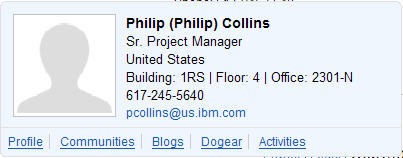


 Here's a preview of how it looked in a beta version:
Here's a preview of how it looked in a beta version: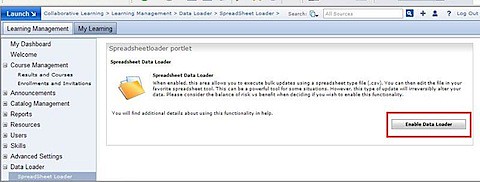 (credit to Dan Spielman for the screenshot)
(credit to Dan Spielman for the screenshot)
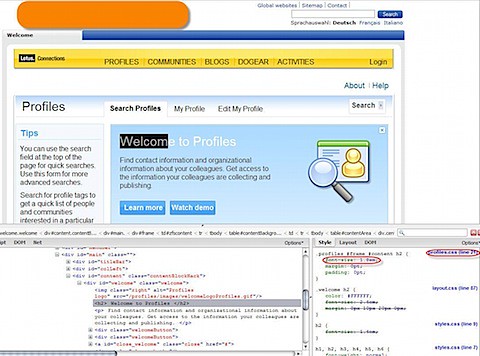

 I happened to be casually browsing
I happened to be casually browsing 


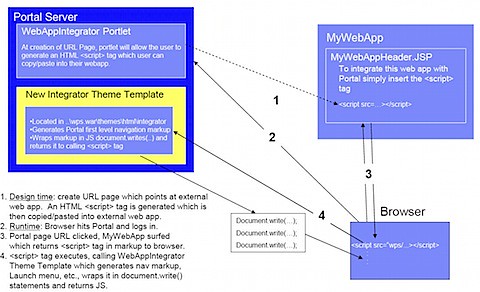

 crosoft now have the right to crawl our data ? Will they be able to develop some usage patterns based on what I've posted in
crosoft now have the right to crawl our data ? Will they be able to develop some usage patterns based on what I've posted in 
